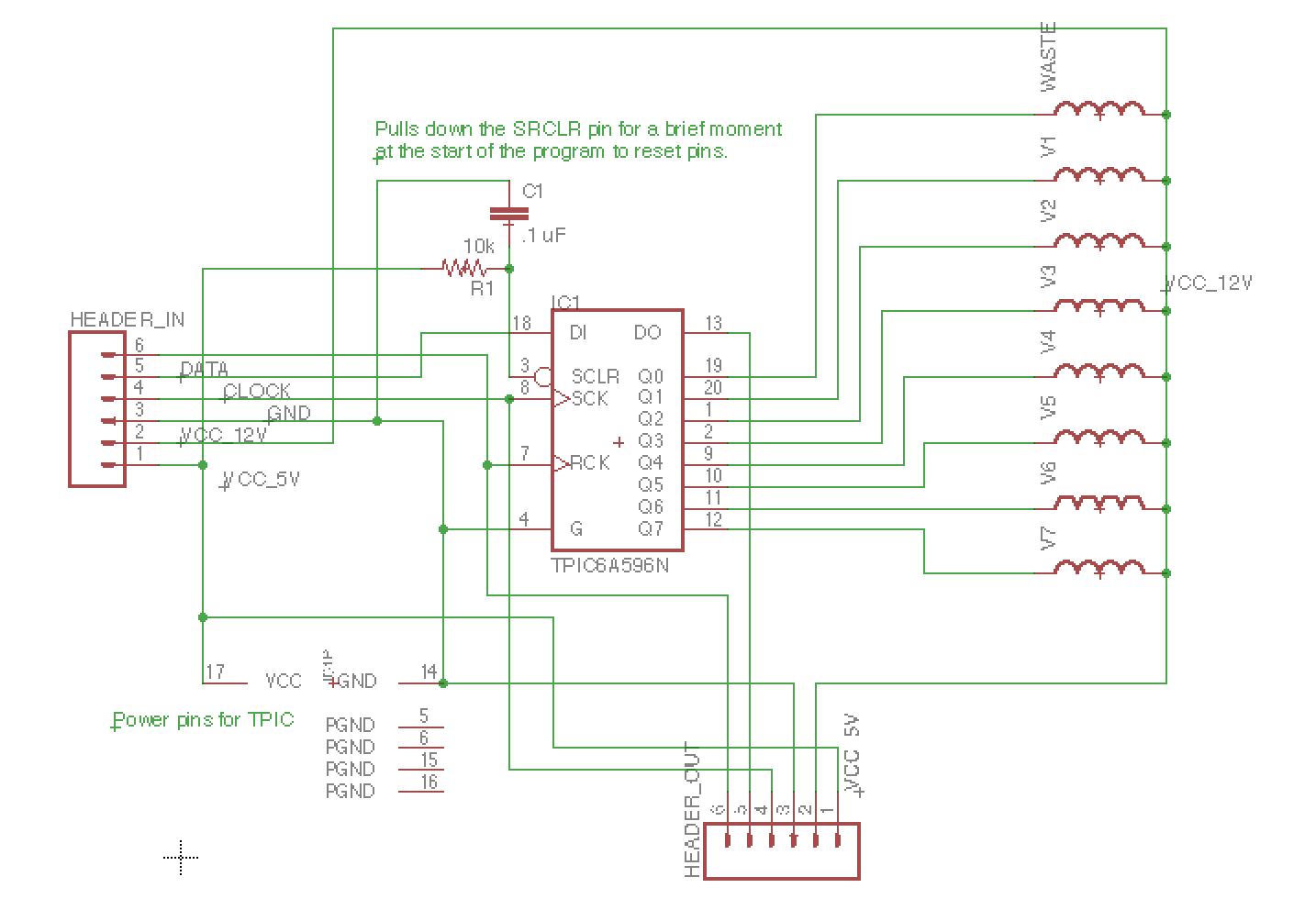We have created three working prototypes of the validator. The main difference between each of these is the diameter of the hole that siphons the water out. We are currently working with 4mm, 6mm, and 8mm diameter holes.
We wanted to drain the validator in about 30 secs, if possible. We started by printing a 4mm diameter hole for the siphon but that turned out to be insufficient. We went on to make a 6mm diameter hole and it performed better but not quite as we wanted it to. After that iteration, we made an 8mm diameter and it worked great, with such wide orifice came a drawback.
To test the performance of each of the validators we used the OPEnS Calibrator; it was set to the lowest setting which is the 30 min setting. I initially filled the each validator with 500ml of water and then added more water to reach a height of about 1cm below the siphon’s top. The calibrator was then placed on an o-ring stand above the validator and left to filled the validator the rest of way.
The rest of this post will discuss each of the validators performance and show the videos of the trials.
The 4mm diameter has troubles creating the siphon but after it is established it works just fine. For some reason, the siphon is not created and we need to push the water into the hole to get it started. This validator takes about 2mins and 20 secs to drain itself.
The 6mm diameter validator works just fine. The only thing that restricts the flow of water is the mesh that it has at the inlet and outlet of water, created to keep bugs away. With both meshes, it drains in 1min 35sec. With only the inside mesh, it drains in 1min 18sec. Having no mesh at all lets it drain in about 50sec. This version can create the siphon effect at the rate the water is coming down from the OPEnS Calibrator.
The 8mm diameter validator drains the fastest; it will drain in about 20-25 sec. The only problem with this is that the water flow coming into the validator has to be really high otherwise, the siphon can not be established. The flow of water coming down from the OPEnS calibrator is not enough to commence the siphon effect, so the water only really trickles out of the validator.











